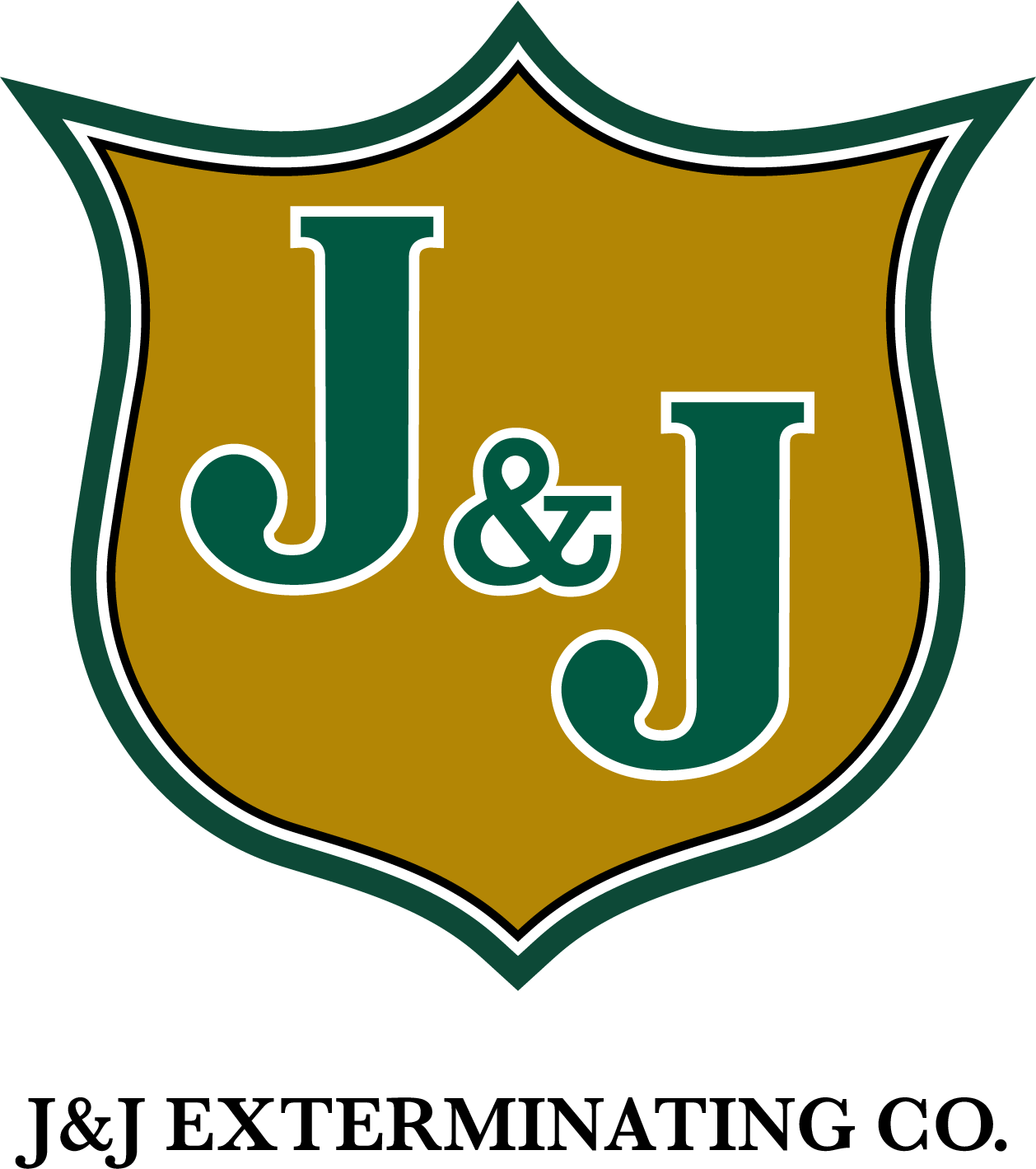Summertime brings warm weather, outdoor activities, and unfortunately, a variety of ants that can invade your backyard. Understanding the common types of ants you might encounter can help you manage and prevent infestations. Here’s a guide to some of the most frequently seen ants during the summer months.
1. Carpenter Ants
Identification
- Appearance: Large ants, usually black or dark brown.
- Size: Workers range from 1/4 to 1/2 inch long.
Behavior
- Habitat: Prefer damp, decaying wood. Often found in trees or wooden structures.
- Diet: Feed on sugary substances and other insects.
Why They’re a Problem
- Damage: Can cause significant structural damage by hollowing out wood for their nests.
2. Pavement Ants
Identification
- Appearance: Small, dark brown to black ants.
- Size: Around 1/8 inch long.
Behavior
- Habitat: Commonly nest under sidewalks, driveways, and patios.
- Diet: Omnivorous; attracted to greasy and sweet foods.
Why They’re a Problem
- Nuisance: Often seen foraging in large numbers, especially around food sources.
3. Odorous House Ants
Identification
- Appearance: Small, brown or black ants.
- Size: About 1/8 inch long.
Behavior
- Habitat: Prefer moist areas and can nest indoors and outdoors.
- Diet: Highly attracted to sugary foods.
Why They’re a Problem
- Odor: Emit a strong, rotten coconut-like smell when crushed.
4. Fire Ants
Identification
- Appearance: Reddish-brown ants with darker abdomens.
- Size: Workers range from 1/8 to 1/4 inch long.
Behavior
- Habitat: Build large mounds in open, sunny areas.
- Diet: Omnivorous; aggressive foragers.
Why They’re a Problem
- Stings: Known for their painful stings that can cause allergic reactions.
5. Argentine Ants
Identification
- Appearance: Light to dark brown ants.
- Size: Approximately 1/8 inch long.
Behavior
- Habitat: Prefer moist environments and can invade homes in search of food.
- Diet: Attracted to sweet substances.
Why They’re a Problem
- Invasiveness: Form large colonies and displace native ant species.
Prevention Tips
To keep these pesky ants at bay, consider the following prevention tips:
- Seal Entry Points: Ensure windows, doors, and cracks are properly sealed to prevent ants from entering your home.
- Maintain Cleanliness: Keep your kitchen and outdoor dining areas clean and free of food debris.
- Proper Food Storage: Store food in airtight containers and promptly clean up spills.
- Yard Maintenance: Regularly trim vegetation and eliminate standing water to reduce nesting sites.
Understanding the different types of ants that invade your backyard during the summer can help you identify and manage potential infestations. By taking proactive measures, you can enjoy your outdoor space without the nuisance of these common summertime ants. If you’re facing a persistent ant problem, consider contacting a pest control professional for assistance.




